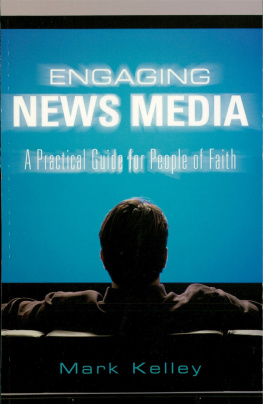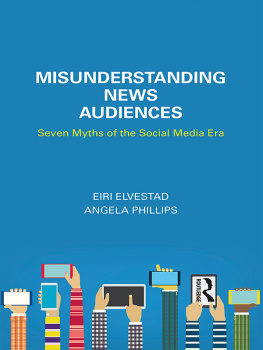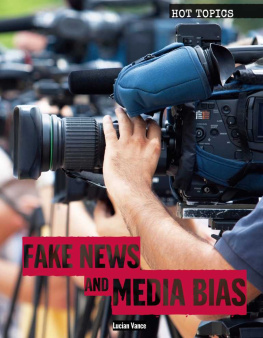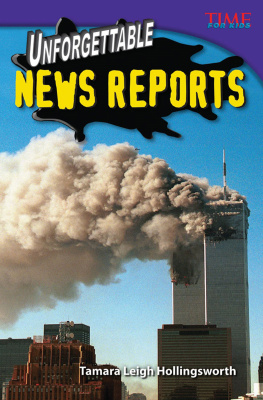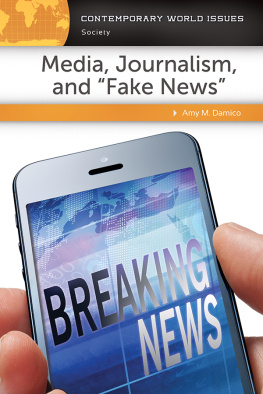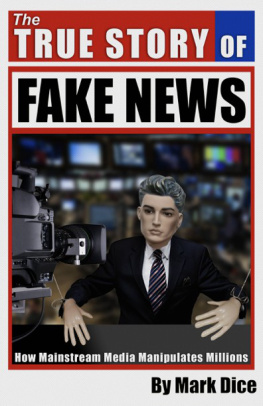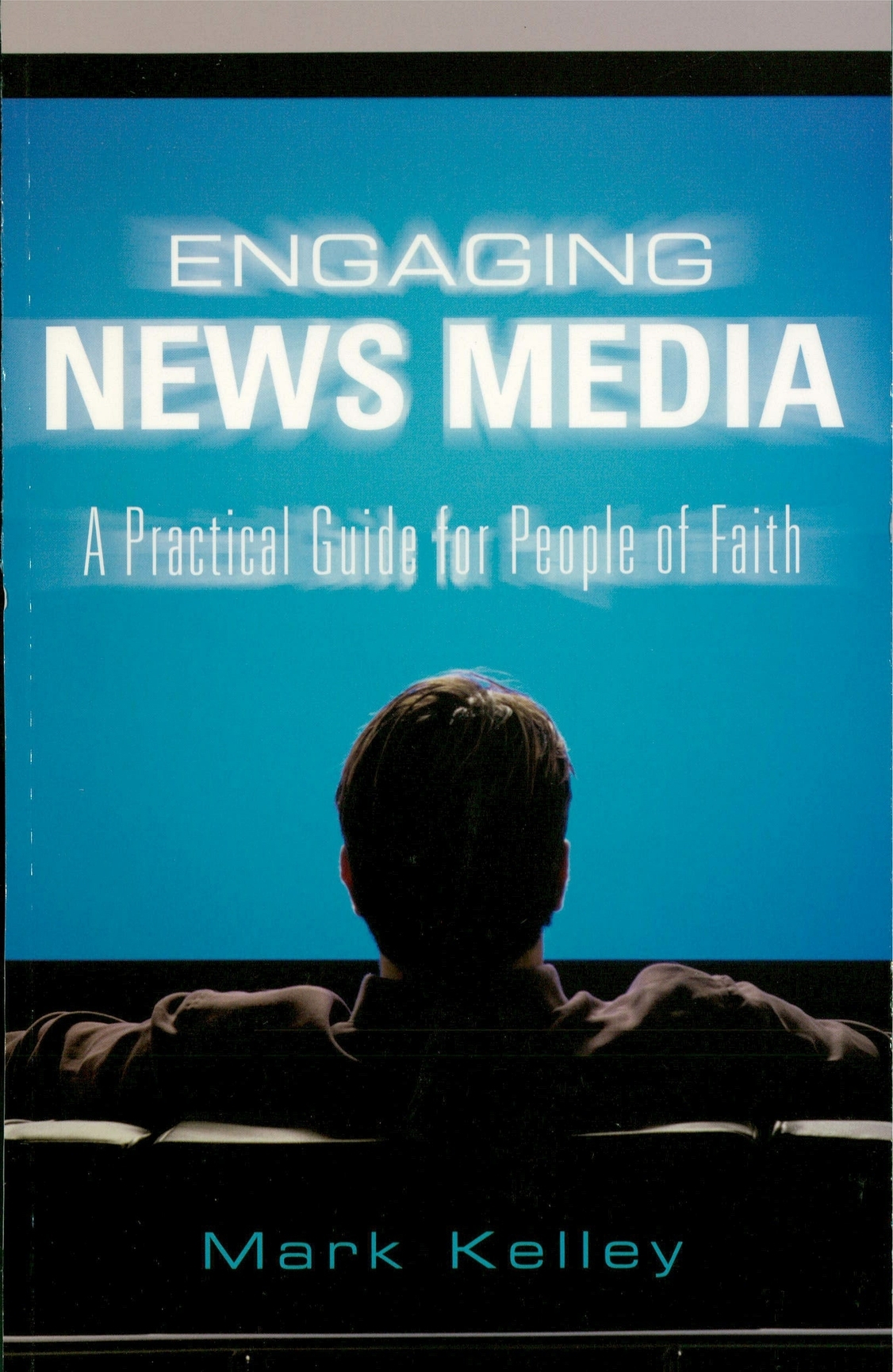Mark Kelley - Engaging News Media: A Practical Guide for People of Faith
Here you can read online Mark Kelley - Engaging News Media: A Practical Guide for People of Faith full text of the book (entire story) in english for free. Download pdf and epub, get meaning, cover and reviews about this ebook. year: 2006, publisher: Cowley Publications, genre: Politics. Description of the work, (preface) as well as reviews are available. Best literature library LitArk.com created for fans of good reading and offers a wide selection of genres:
Romance novel
Science fiction
Adventure
Detective
Science
History
Home and family
Prose
Art
Politics
Computer
Non-fiction
Religion
Business
Children
Humor
Choose a favorite category and find really read worthwhile books. Enjoy immersion in the world of imagination, feel the emotions of the characters or learn something new for yourself, make an fascinating discovery.
- Book:Engaging News Media: A Practical Guide for People of Faith
- Author:
- Publisher:Cowley Publications
- Genre:
- Year:2006
- Rating:4 / 5
- Favourites:Add to favourites
- Your mark:
Engaging News Media: A Practical Guide for People of Faith: summary, description and annotation
We offer to read an annotation, description, summary or preface (depends on what the author of the book "Engaging News Media: A Practical Guide for People of Faith" wrote himself). If you haven't found the necessary information about the book — write in the comments, we will try to find it.
Long before he left the television news industry, Mark Kelley was concerned about the trends he saw developing in the business. Commercial pressures (exacerbated by the relentless meddling of consultants) were making it increasingly difficult for professional news workers to do a competent job of delivering important information to readers, listeners, and viewers. He conceived the notion of writing a book that analyzed all news media, connecting it to the quest for truth that drives people of faith and spirituality.
Engaging News Media explores the state of the news media and their audiences today, attempting to examine whether or not truth could be found there, and if so, how people of faith and people in general might be more successful in extracting it.
Mark Kelley: author's other books
Who wrote Engaging News Media: A Practical Guide for People of Faith? Find out the surname, the name of the author of the book and a list of all author's works by series.

